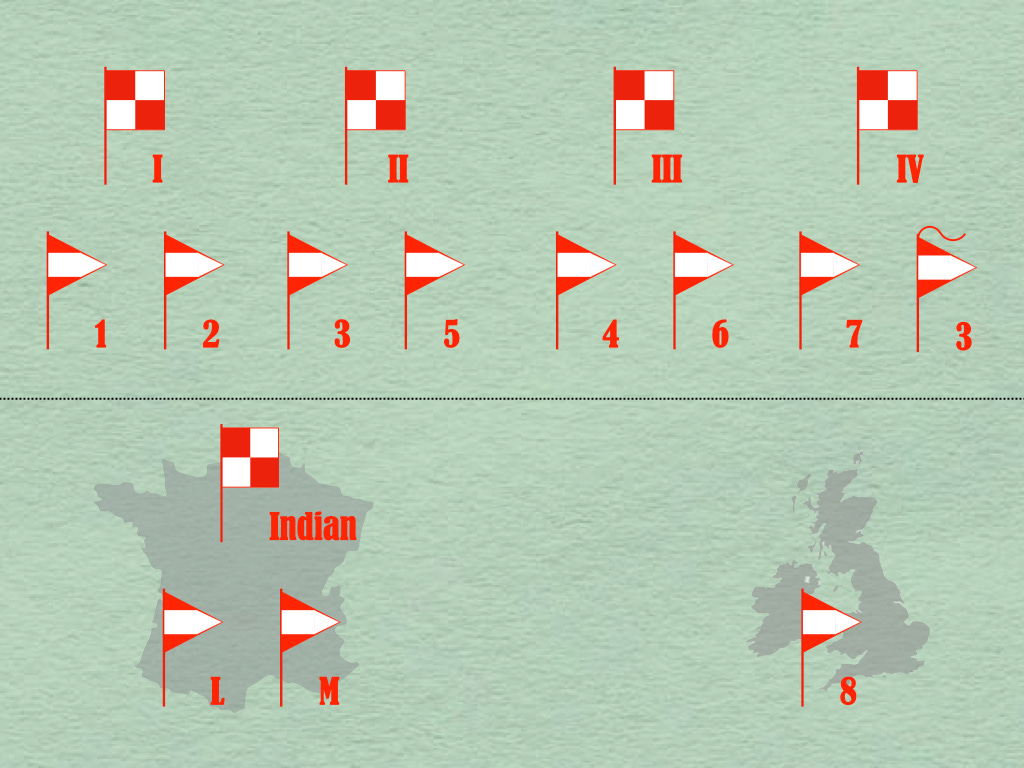The headquarters of III Corps arrived in France on 31 August 1914. More than five weeks would pass, however, before that headquarters exercised full control over both of its two divisions. In particular, while the entirety of the 4th Division joined III Corps on 1 September 1914, the 6th Division, which had disembarked at Saint Nazaire on 10 September 1914, spent its first month on the Continent as a repository of reinforcements for other formations.1
The next army corps to join the Expeditionary Force, IV Corps, also crossed the English Channel in two distinct stages. Originally imagined as a reinforcement for the beleaguered garrison of Antwerp, the first echelon of IV Corps arrived on the Continent on 9 October 1914 with one infantry division (the newly formed 7th Division) and a small cavalry division (the freshly minted 3rd Cavalry Division.) When a link-up with the defenders of Antwerp proved impossible, IV Corps took up positions near Ypres, where it awaited the arrival of the rest of the Expeditionary Force.)
Between 16 and 24 October 1914, the general officer commanding IV Corps, Sir Henry Rawlinson, employed each of his two very different divisions as part of a coherent, asymmetric whole. In an arrangement the foreshadowed the organization of British armored divisions of the early years of the Second World War, he imagined the 7th Division as a “pivot of maneuver” for the 3rd Cavalry Division. On 25 October 1914, the transfer of the 3rd Cavalry Division to the recently-formed Cavalry Corps left Rawlinson in charge of an army corps composed of a single division.
This awkward situation would eventually be resolved by the arrival of the 8th Division. However, as fear of German landing operations in the British Isles might keep that formation in England for several weeks, Rawlinson arranged for his command to be placed in a form of “suspended animation.” Thus, while he returned home to hurry the dispatch of the 8th Division and the 7th Division joined I Corps, his headquarters moved to Boulogne to await the reconstitution of IV Corps.2
While IV Corps underwent its many metamorphoses, the Indian Corps joined the Expeditionary Force. Notwithstanding the four weeks that separated the departures of its two infantry divisions from the Subcontinent, the long distances traveled, and the need to employ units as soon as they arrived on the battlefield, this formation did not spend long at the front before it was able to function as a normal army corps.3
The first elements of the Indian Corps to face the Germans did so, on 23 October 1914, as individual battalions. On 29 October 1914, the formation as a whole took possession of a sector previously held by the two infantry divisions of II Corps. (At that time, two of the six infantry brigades of the Indian Corps were absent from their parent divisions. One of these was in Egypt, standing guard on the Suez Canal. The other had been attached to the nearby Cavalry Corps.)4
Christmas of 1914 found the Expeditionary Force with five army corps, each of two infantry divisions, and a sixth army corps (V Corps) in the course of formation.5 The General Headquarters was thus in a position that was curiously analogous to the one it faced upon mobilization. In place of the six infantry divisions of the original Expeditionary Force of 1914, there would soon be six army corps. This, in turn, meant that the old problem of a single headquarters having too many formations to control had returned. It also meant that the two organizations that had been demoted from army headquarters to corps headquarters soon after mobilization had an opportunity to regain their lost status. It is thus not surprising that the solution to the new problem of too many army corps reporting directly to General Headquarters was identical to the solution to the old problem of too many divisions.
On 26 December 1914, each army corps became a field army. One of these, the First Army, was given to the commanding general of I Corps, Sir Douglas Haig. The other, the Second Army, was subordinated to the commanding general of II Corps, Sir Horace Smith-Dorrien. Significantly, the senior staff officers who had run the army corps headquarters for Haig and Smith-Dorrien were permitted to follow their chiefs o the new army headquarters.6 There was thus considerable continuity between the armies of the original Expeditionary Force and those formed on Boxing Day of 1914.
For the details of the comings and goings of infantry brigades, see Thomas O. Marden, A Short History of the 6th Division, (London: Hugh Rees, 1920), pages 3-9 and 85-86
Frederick Maurice, editor, The Life of General Lord Rawlinson of Trent, (London: Cassell and Company, 1928), page 114
One infantry division of the Indian Corps, the Lahore Division, sailed out of Karachi on 24 August 1914. The other, the Meerut Division, departed from that port on 21 September 1914. JWB Merewether and Frederick Smith, The Indian Corps in France, (London: John Murray, 1919), page 13
Merewether and Smith, The Indian Corps in France, page 67
One infantry division of V Corps, the 27th Division, had arrived in France on 23 December. The other, the 28th Division, would not cross the English Channel until 22 January 1915.
C. Ballard, Smith-Dorrien, (London: Constable and Company, 1931), page 256






